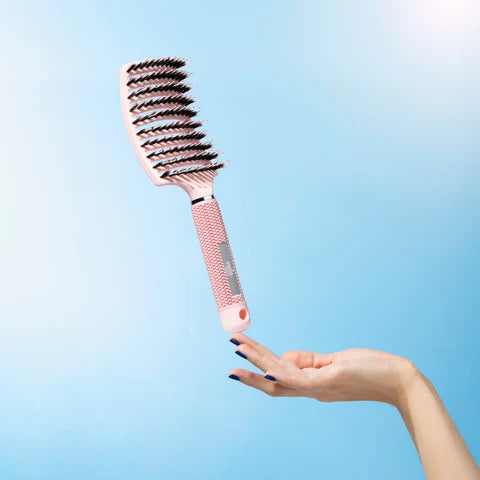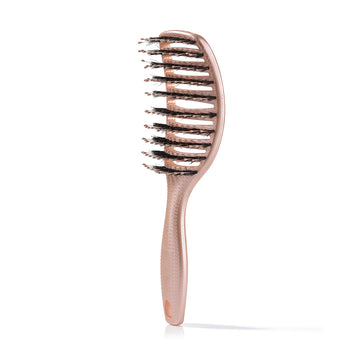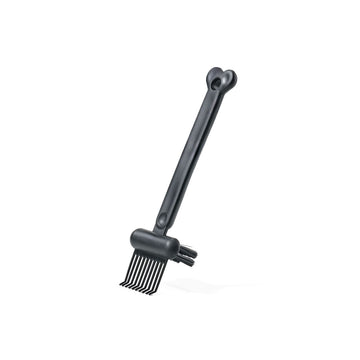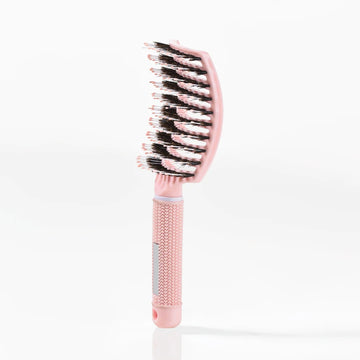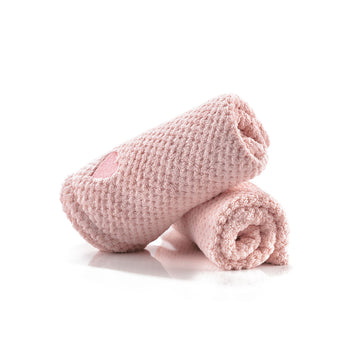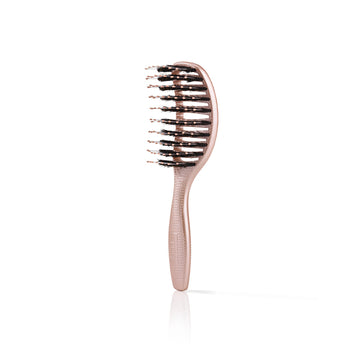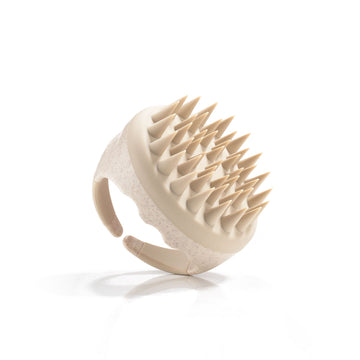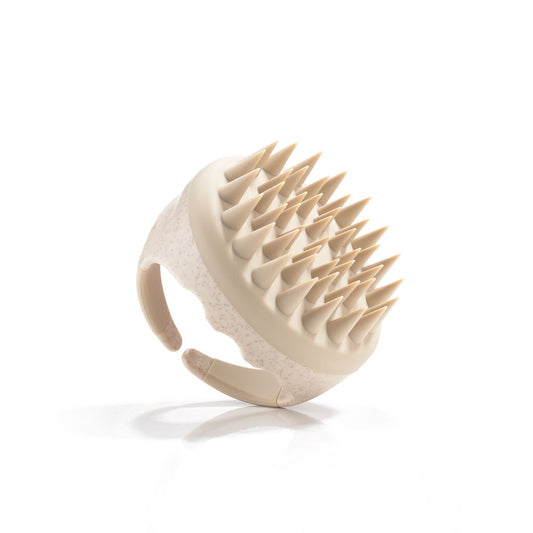The first signs of a receding hairline
A receding hairline is often the first sign of incipient hair loss in men. It often starts very gradually, where the hairline will first change into a "V" shape. After this, it will gradually develop so that the hairline moves to look like a kind of "M".
It can be a difficult process to keep track of, as hair loss is often a very long-term process. It will therefore be difficult to see the difference day by day. A tip might be to take a picture of your hairline and then compare it with a subsequent picture a few months later. It can give you a better picture of whether/or how your hairline has moved.
Please note that the images must be as comparable as possible in terms of distance and light. If you notice small changes, be careful not to be too quick, as the pictures may lie a little. But if you experience major changes, it is a good idea to get started as soon as possible with an effective treatment.
Why do you get a receding hairline?
Why do you get a receding hairline and why is it especially men who often get receding hairline? Genetics is one of the leading causes, as a family history of hair loss can predispose individuals to a receding hairline. Hormonal factors, particularly the sensitivity of hair follicles to dihydrotestosterone (DHT), often play a key role. Lifestyle habits, such as stress, poor diet, and insufficient scalp care, may also exacerbate hairline recession.
There can be a number of reasons that can create receding hairline, but we take you through some of the most common ones here:
Hormones and genetics
Your genes often play a big role in your hair. If your father, for example, has receding hairline or is bald, then it may be that this type of hair is in your genes. This will often become more apparent over the years, when you may find that your hair begins to take more and more shape like your father's.
More precisely, it is called Androgenic Alopecia, which is permanent and hereditary hair loss or baldness. Androgenic Alopecia occurs if the body is hypersensitive to the hormone dihydrotestosterone, also called DHT. This hormone is formed from the male sex hormone testosterone, which is produced in the liver and hair follicles in both men and women. However, men are especially affected because the testicles also produce a lot. The effect of this hormone is that over time it shrinks your hair follicles, so that at some point no more hair can grow. In men, it appears either at receding hairline or as a moon shape at the back of the head. For women, it will be a little more randomly located, but it will most often appear on the top of the head in the form of general thinning of the hair.
Understanding how to grow back a receding hairline often involves addressing hormonal imbalances. Treatments may include blocking DHT with specialized medications, using receding hairline products formulated for regrowth, and making lifestyle changes to support hair health.
Poor diet can also lead to receding hairline
Your diet has a huge influence on both your body in general, but also your hair in particular. The body is designed so that it focuses vitamins and minerals to the most important organs. Here, the hair is unfortunately one of the first places your body saves vitamins and minerals from. It's smart because the body focuses on the most important organs running before the hair gets anything. Therefore, a poor diet over a long period of time can play a big role in your body being able to maintain normal hair. This may be one of the reasons why you start to experience slightly receding hairline in the hairline.
 2-5 day delivery
2-5 day delivery
 25.000+ satisfied customers
25.000+ satisfied customers
 Satisfaction Guarantee
Satisfaction Guarantee





